Construction Spending Sinks Again in June as Homebuilding Slumps and Manufacturing Surge Fades
An unexpected plunge in construction spending indicates the economy may be slowing more rapidly than thought.
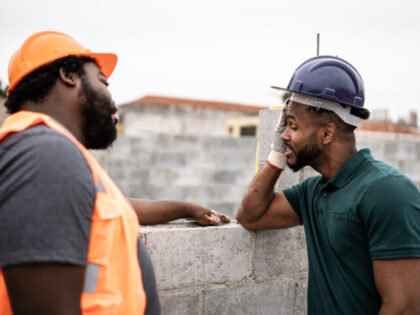
An unexpected plunge in construction spending indicates the economy may be slowing more rapidly than thought.

Construction spending took a slight dip in April as both U.S. companies and the government hit the brakes on projects nationwide, feeling the squeeze of high interest rates. The Commerce Department reported Monday that spending on construction projects edged down
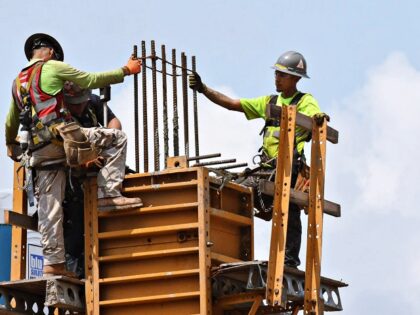
Subsidies and government spending are offsetting a good deal of the drag from higher interest rates.

The Fed says that its interest rate policy is restrictive. The data on construction spending casts doubt on that.
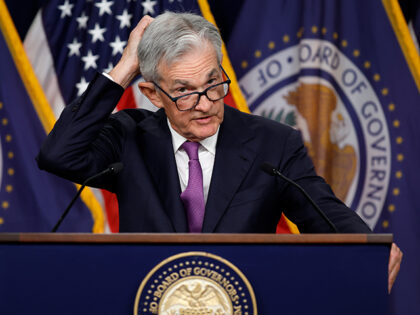
Single-family home construction continued to rebound and factory construction spending is still rising.
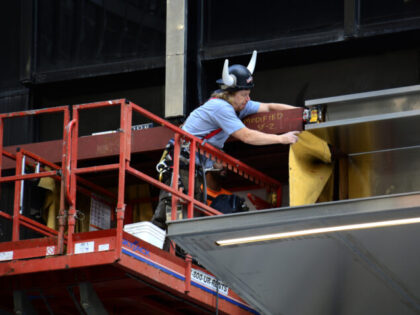
New single-family home construction spending rose 1.7 percent, giving more support to the idea that the housing market may have bottomed earlier this year and begun to recover.

A big jump in spending on manufacturing facilities fueled an unexpected rise in November. Home building, however, remains in decline.

Single-family home construction spending dropped 2.9 percent.
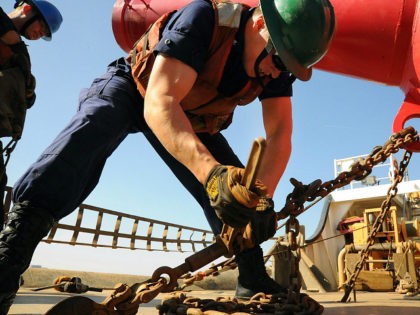
In inflation adjusted terms, single-family home construction spending is probably down by twenty percent or more.
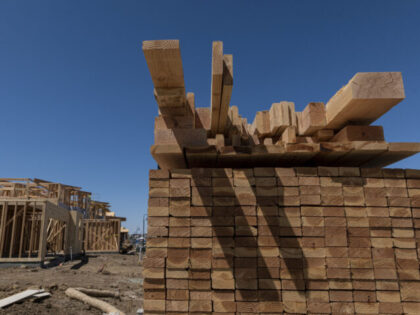
Private spending on single-family homes crashed 3.1 percent in June.
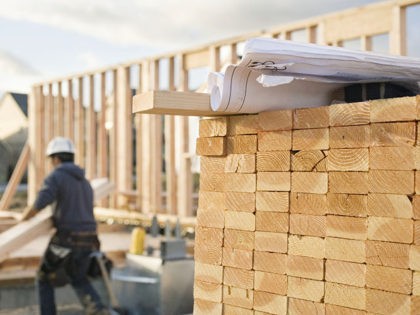
Single-family home construction came to a standstill.
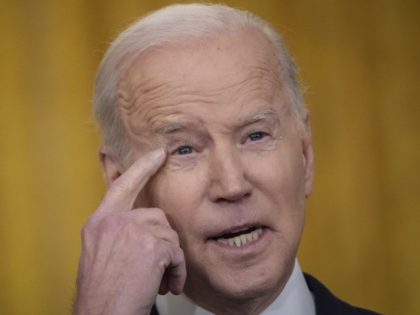
A sharp slowdown in home sales can be a tell-tale sign that an economic slump is lurking ahead.
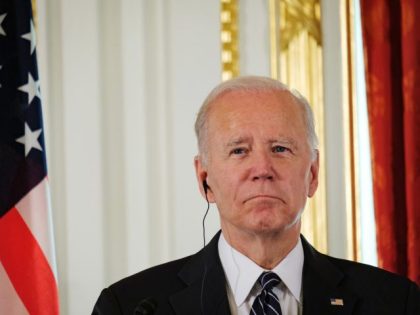
After adjusting for inflation, construction activity likely contracted in March.
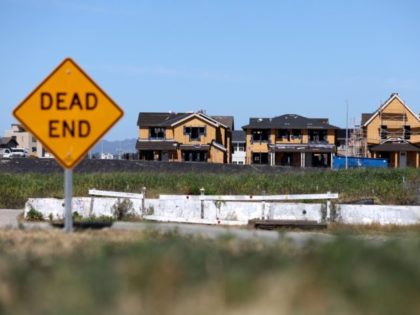
Spending inched up while costs soared, indicating that real output in construction may be falling.
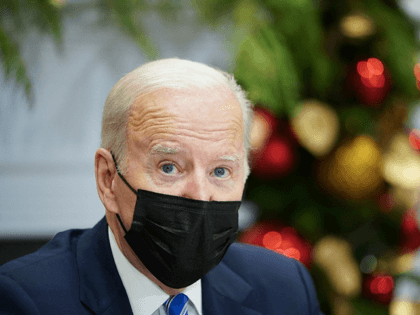
Construction spending in the U.S. is up but prices of construction materials are up by even more.
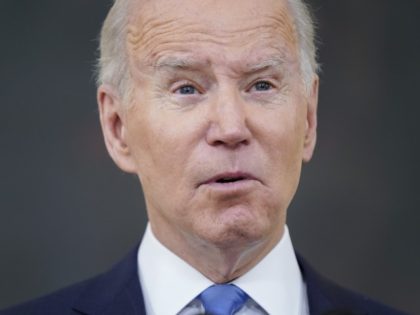
As prices of labor and construction materials soared, spending on building new homes actually declined in October.
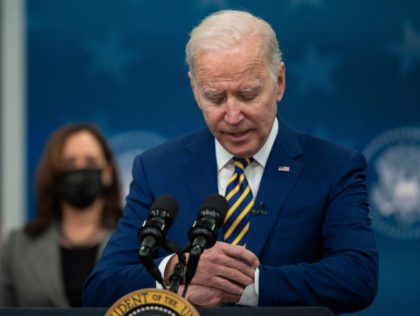
Spending to build new single-family homes rose sharply in July even though housing starts fell by more than expected, indicating that inflation is weighing on the housing market by pushing costs higher.
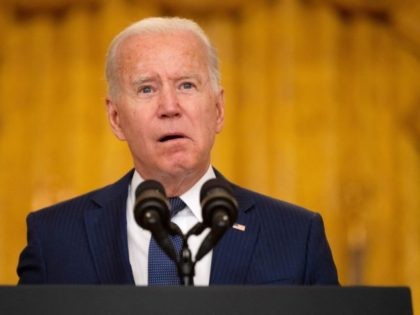
Spending on the construction of single family homes is not keeping up with the rising costs of goods and services for residential building.
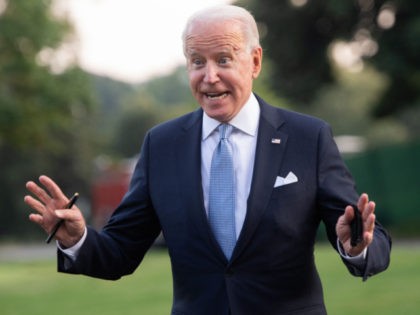
A big part of the miss in construction spending for April was likely the collapse of border security building, including The Wall.

Although overall construction spending was more sluggish than expected in April, new home building keeps climbing.
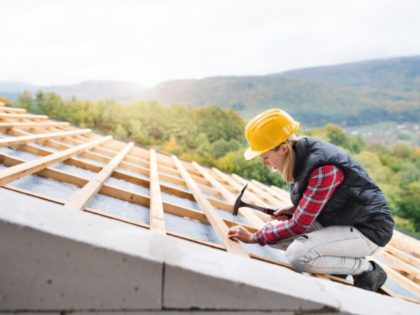
Construction spending rose by a tepid 0.2 percent in March. That’s better than the 0.6 percent drop in February but below the 2 percent gain expected.

Construction spending jumped 1.7 percent from December’s revised level to a seasonally adjusted annual rate of $1.52 trillion, the Commerce Department reported Monday. That was better than the eight-tenths of a percent forecast by economists.

The flight from the cities drove up spending on houses even as the weather turned colder in November.
